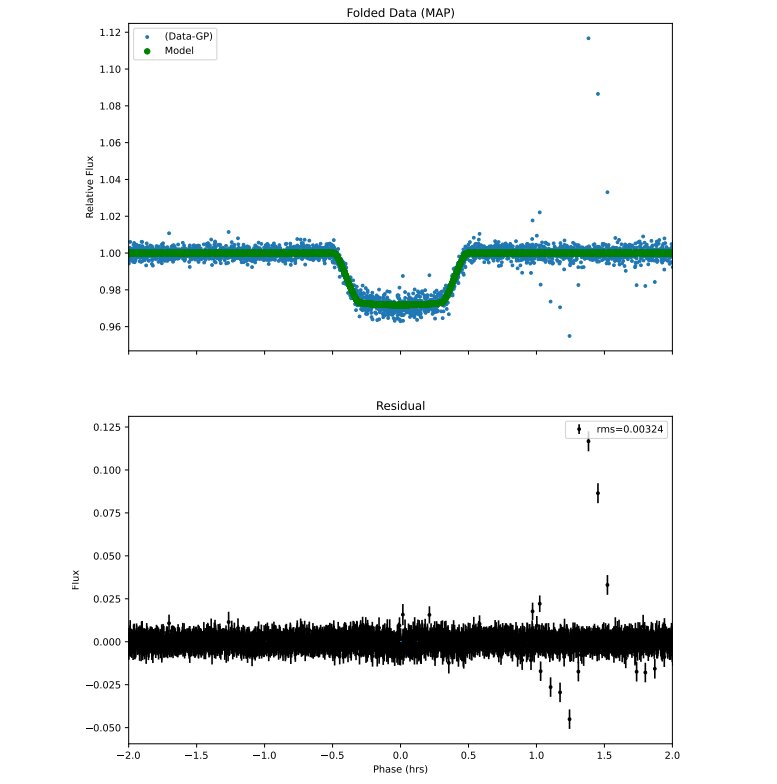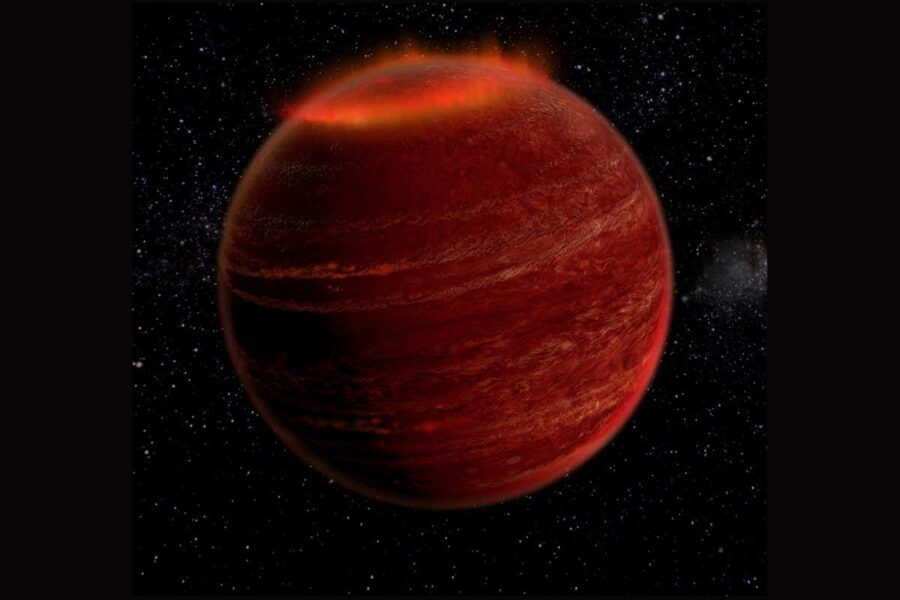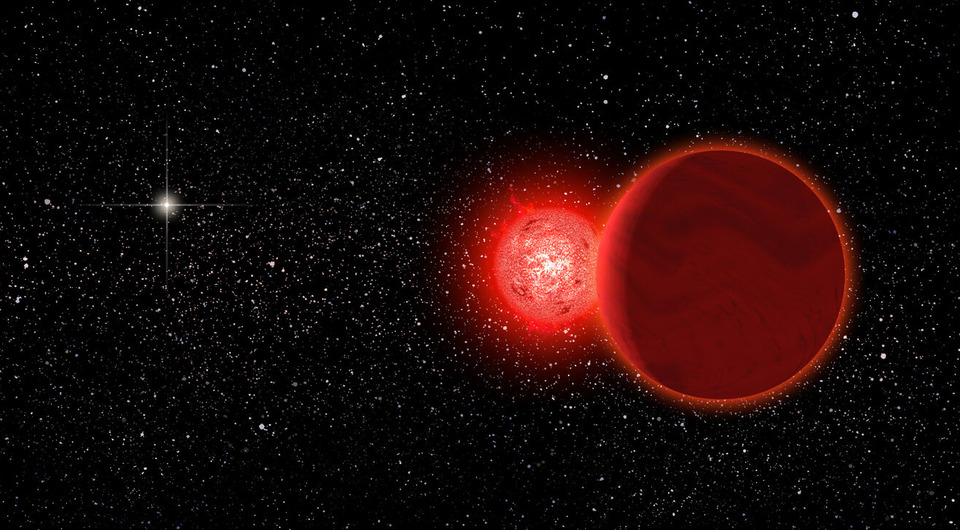An international team of researchers reported the discovery of an ultramassive brown dwarf, designated TOI-5375 b. It lacked quite a bit of mass to turn into a full-fledged star.
Failed Star
The discovery was made during the analysis of data collected by the TESS space telescope. The mass of the star is 0.64, and the radius is 0.62 of the radius of the Sun.

Subsequent observations confirmed that the decrease in the brightness of the red dwarf was caused by the transits of its companion. It has very interesting physical characteristics. The radius of the object is 0.99 of the radius of Jupiter, while its mass exceeds the mass of the largest planet in the Solar System by 77 times. Thus, it is located in a kind of border zone between brown dwarfs and the lightest stars.
What are brown dwarfs
Brown dwarfs are objects which have masses ranging from 13 to 80 Jupiter masses. They occupy an intermediate position between giant planets and stars. The mass of such objects is not enough for permanent fusion reactions based on hydrogen atoms to “start” in their bowels. Because of this, they are sometimes called “failed stars”.

At the same time, unlike giant planets, some reactions involving deuterium and lithium nuclei can still occur inside brown dwarfs. But, by astronomical standards, they do not last very long, after which the brown dwarfs gradually cool down.
Record-breaking brown dwarf
The detection of TOI-5375 b is of interest for several reasons. Firstly, its mass is very close to the theoretically possible limit for brown dwarfs. Further study of the brown dwarf can help scientists better understand exactly where the boundaries between such objects and stars are.

Secondly, although astronomers have discovered quite a lot of brown dwarfs to date, but, as a rule, we are talking about single objects or pairs of brown dwarfs. Cases of brown dwarfs orbiting other stars are quite rare.
Additional interest in the find is given by the fact that another component of the system is a red dwarf. According to existing models, such bodies can only have rocky planets. Nevertheless, from time to time astronomers manage to find gas giants in their systems, and now an ultramassive brown dwarf has joined this list.
According to https://phys.org
Follow us on Twitter to get the most interesting space news in time
https://twitter.com/ust_magazine

